The internet works because networks trust each other. BGP has weaknesses that can cause problems. RPKI helps make routing safer. It gives networks a way to check if announcements are real. Some networks use it, but not all. This article explains how BGP works, what RPKI does, and the issues operators face.
The foundations of BGP and its weaknesses
BGP, or Border Gateway Protocol, connects networks across the world. It tells data which paths to take. Without BGP, information would not reach its destination. It is the system that keeps the internet running.
BGP was made when the internet was smaller. People assumed networks would act correctly. Today, networks are large and complex. Mistakes or attacks can make traffic go to the wrong place. Small errors can spread quickly and affect many users. Security experts say BGP needs stronger checks. If networks cannot trust announcements, they risk wrong routing.
The rise of RPKI as a security measure
RPKI stands for Resource Public Key Infrastructure. It lets networks check who can announce an IP address. Operators can see if the source of a route is valid. If it is not, the router can ignore it or warn the operator.
RPKI uses simple cryptography. It adds a layer of security to BGP. It stops many accidental or deliberate mistakes. Networks can now check routing before sending traffic. RPKI is not perfect. It does not stop all attacks. It does give a base level of trust that BGP alone cannot provide.
Comparing BGP’s weaknesses with RPKI’s protections
BGP trusts announcements without verification. A network can announce routes it does not control. This can happen by mistake or attack. One error can affect many users. Traffic can go to the wrong place.
RPKI checks if the origin of a route is allowed. If it is not, routers can reject it. This stops many hijacks and mistakes. RPKI only works if many networks use it. If only a few use it, gaps remain. Experts say RPKI is a start. It gives basic security that BGP alone does not have.
Industry perspectives and expert voices
Many experts say networks must act now. Geoff Huston, chief scientist at APNIC, said using BGP without checks is like running banks without audits. Companies risk losing traffic and reputation when hijacks happen.
Some worry that RPKI makes central points of failure. If a main repository fails, route checking can break. Job Snijders, an internet engineer, said networks must run RPKI carefully. They must check systems and have backup plans. The debate shows that networks need both security and safety.
The challenge of adoption
RPKI adoption is uneven. Some regions use it well. Many networks publish Route Origin Authorisations. Other regions are slower. Smaller operators find setup hard. Routers, software, and internal processes must change.
Security only works if many networks use RPKI. If few use it, attackers can find holes. Experts say partial adoption is not enough. Networks must work together to make routing safer. This shared effort is a key challenge.
Real-world incidents and lessons learned
Weak BGP security causes real problems. In 2008, Pakistan Telecom announced routes that redirected YouTube traffic. Traffic went the wrong way worldwide. Other hijacks moved financial data through foreign networks.
These cases show why RPKI is useful. If RPKI had been active, some mistakes would not spread. The costs of weak routing are high. Billions of users depend on the internet every day. Mistakes affect work, business, and communication. These events encourage networks to adopt stronger protections.
Looking at the road ahead
The discussion on RPKI and BGP is about more than technology. It is also about trust and cooperation. Many groups manage routing. No single group can enforce rules. Progress depends on working together and following simple steps. Training and guidance help, but adoption is not fast.
Stronger security may need both technical and cultural change. Networks must see routing safety as part of their duty. Some sectors, like finance or energy, face bigger risks. Rules or guidance may speed adoption. Shared responsibility will help make RPKI more common.
The ongoing balance of trust and control
The debate shows a deeper problem: trust on the internet. BGP relied on good behaviour. The modern internet is bigger and more complex. RPKI adds checks. It makes networks verify routes. It also creates some new risks. Central points of control could fail. Operators must monitor systems.
Networks cannot ignore these issues. Hijacks and leaks will continue without protection. RPKI is not the final solution. It is a step toward safer routing. Its use shows the shift from trust alone to verification.
Frequently asked questions
What is BGP and why is it important?
BGP tells data where to go across networks. It connects networks globally. Without BGP, the internet would not work.
What is RPKI in simple terms?
RPKI checks who can announce IP addresses. It acts like a signature. It stops mistakes and hijacks.
Why is BGP considered insecure?
BGP does not check if announcements are real. Mistakes or attacks can spread. Traffic may go to the wrong place.
Does RPKI solve all the problems with routing?
No. RPKI only checks who can announce addresses. It does not prevent every type of attack. Other measures are still needed.
Why has adoption of RPKI been slow?
Some operators have old systems. Some worry about risks. Others wait until they see a problem. Adoption takes effort and cooperation.



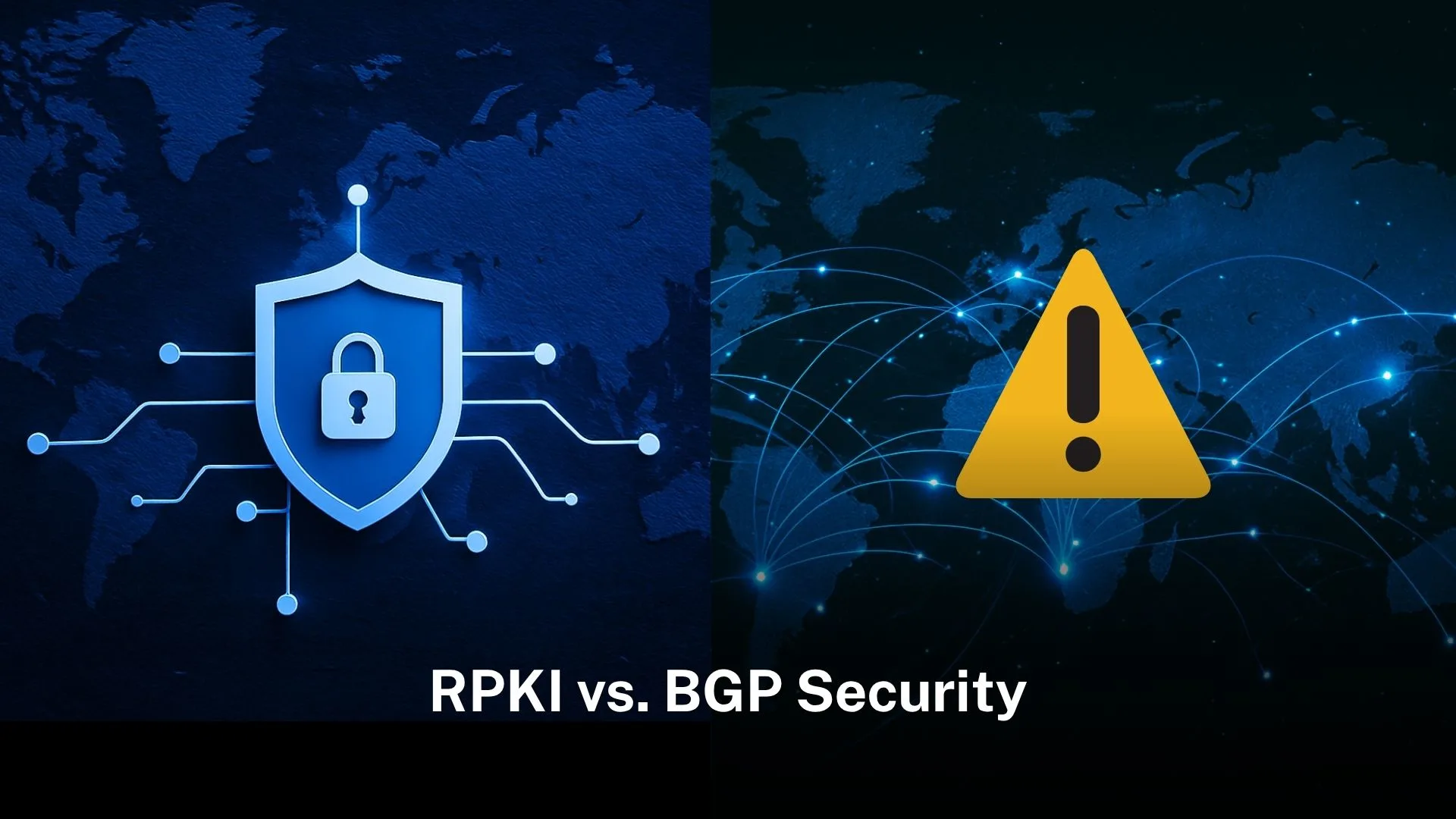

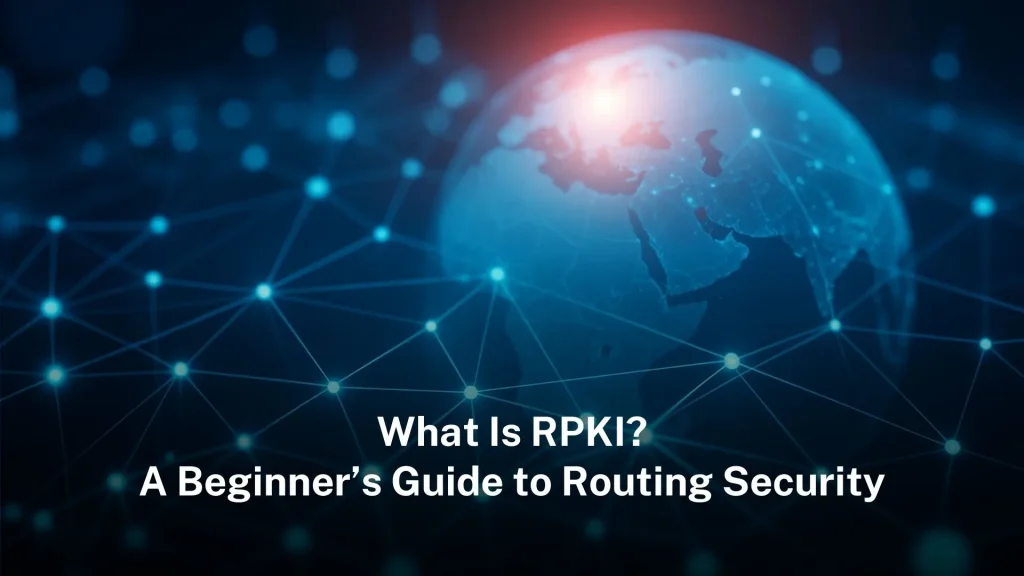
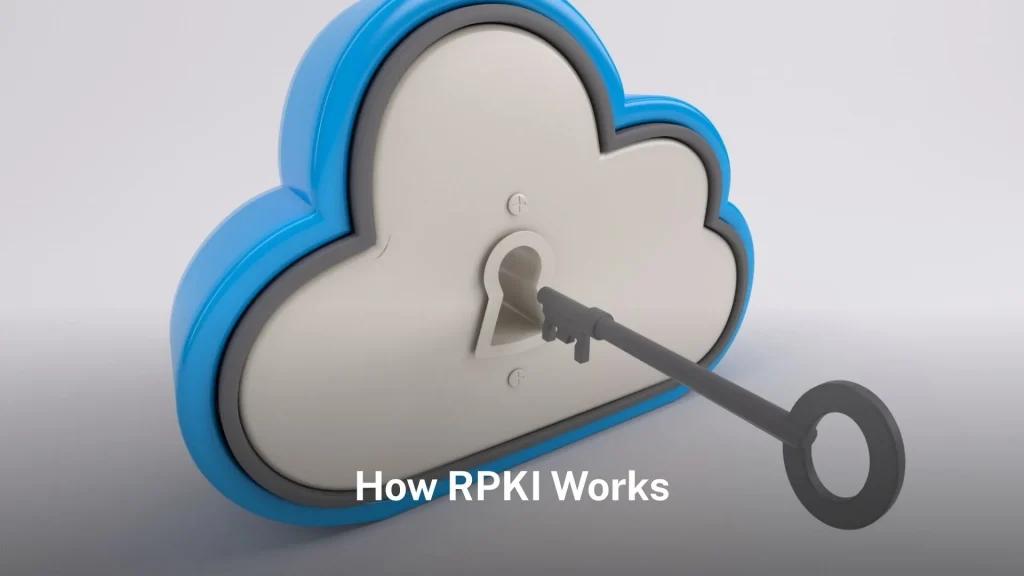
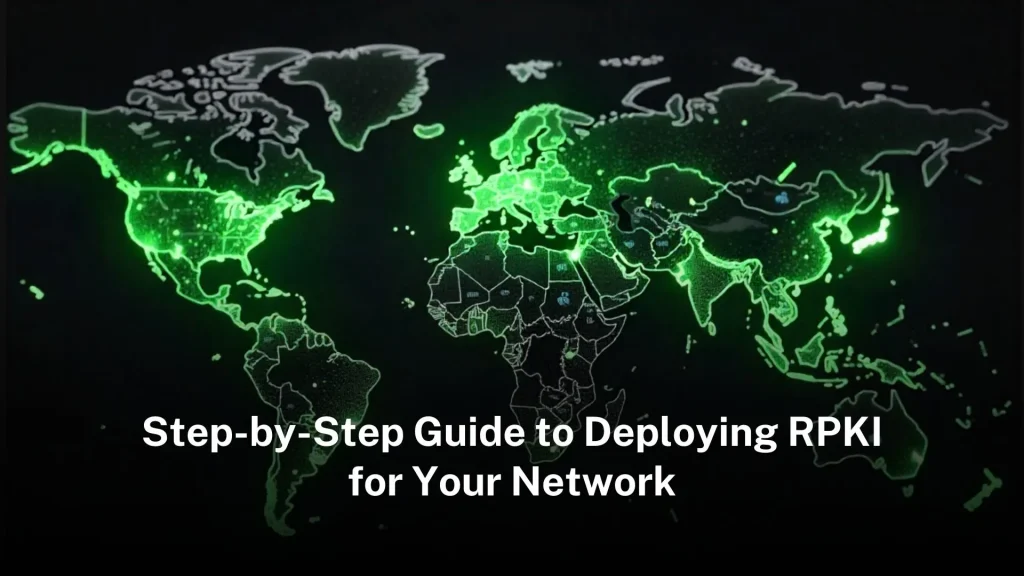
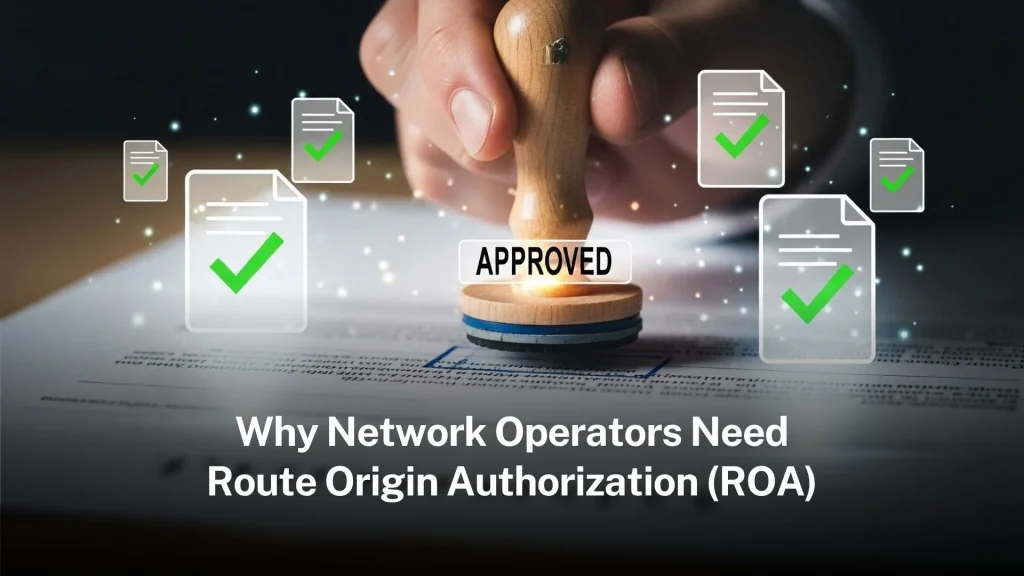

Leave a Reply